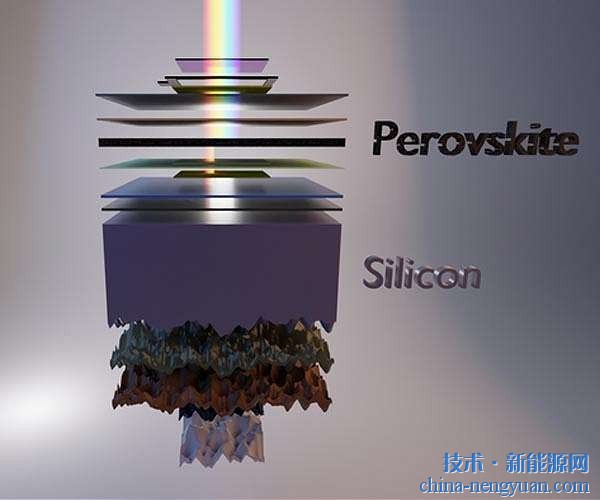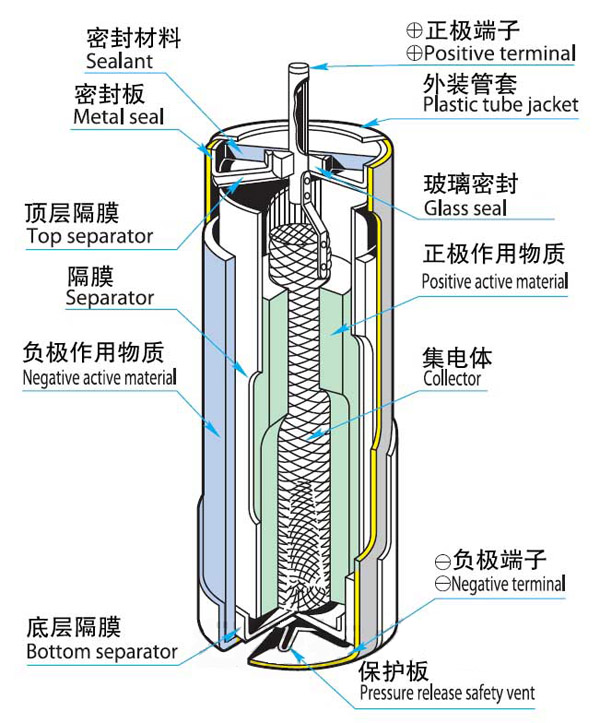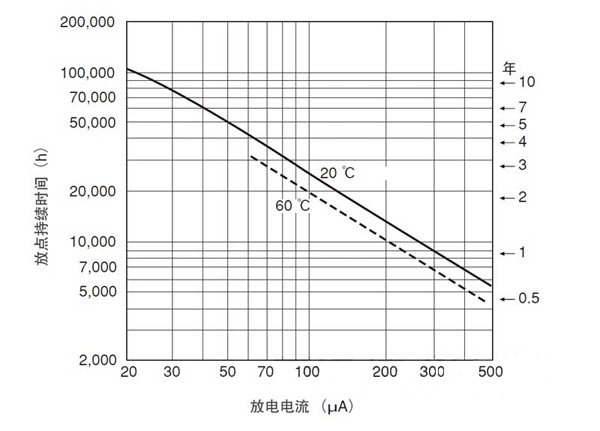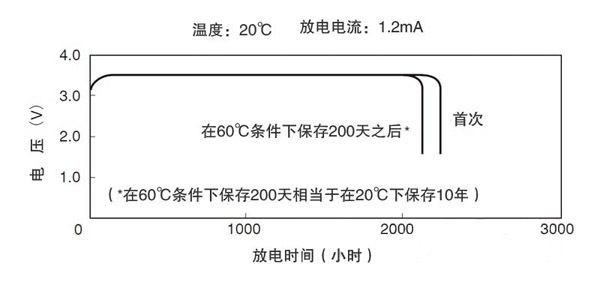Lithium thionyl chloride battery. For the power supply use of wireless sensor network systems that monitor the deterioration of buildings and the environment of cultivated fields, there is a battery that can be used for 10 years when the power consumption is extremely small. This is the lithium thionyl chloride battery. This means that lithium thionyl chloride batteries have a low natural discharge potential and can be used normally even after being placed for 10 years. In general, most batteries will naturally discharge without a load, and they will not be usable after a few years. Moreover, the price of such batteries is less expensive than energy harvesting devices that generate electricity using heat, vibration, and light energy. "At present, lithium thionyl chloride batteries are mainly used as the power source for wireless sensor networks," said Kobayashi Junichi, regional sales manager of Linear Technology Japan, a Japanese subsidiary of Linear Technology, a large semiconductor manufacturer. The wireless sensor network lays out sensors in a wide range and wirelessly transmits environmental data such as temperature. As its power source, an energy harvesting device that does not require battery replacement is a good choice. Linear Technology is also actively developing and selling power ICs for energy harvesting equipment. Despite this, Linear Technology still turned its attention to the battery. Kobayashi's manager explained the reason: “The energy harvesting equipment uses heat and vibration to generate electricity, so there is sometimes a phenomenon of uneven power generation and it is inconvenient to use. Especially for industrial use, reliable power sources must be used when needed, and many applications require the use of batteries that can provide quantitative performance specifications during the design phase.†Of course, there are applications that are suitable for using energy harvesting equipment. But Kobayashi manager said that if you can reduce the power consumption of the module, many applications can use long-life batteries to meet the demand. For a system designer who hates the instability of the unstable natural environment, a battery that is inexpensive and has been used is a realistic choice. Using a film on the electrode surface to suppress natural discharge The reason why Linear Technology sees lithium thionyl chloride batteries in several types of batteries is that the battery's natural discharge is small. According to reports, if it is stored for 10 years without using it at all, the battery retains most of its initial capacity at room temperature. Toshiba Toshiba’s battery division employee, Oishi Ichiro, who sells the battery, said that “The annual natural discharge is only about 0.5% of the initial value at normal temperature. Although the discharge amount varies with conditions, the natural discharge ratio is smaller than the annual charge. Manganese dioxide lithium batteries with a 2% reduction are also less." The reason why the lithium thionyl chloride battery is naturally discharged is that the natural reaction between the positive and negative electrodes inside the battery is difficult to proceed smoothly. In general, a battery generates current by connecting a load and moving electrons from the negative electrode to the positive electrode. In a lithium thionyl chloride battery, electrons generated after ionization of lithium (Li) at the negative electrode flow through the load to the positive electrode. At the positive electrode, thionyl chloride (SOCl2), which accepts electrons, chemically reacts with lithium ions to form lithium chloride (LiCl, S, and SO2). Therefore, lithium ions move between the two poles through the separator inserted between the positive and negative electrodes inside the battery, that is, the energy of the lithium thionyl chloride battery is generated based on the chemical reaction of lithium and thionyl chloride into lithium chloride. Chemical energy. Therefore, if the chemical reaction does not proceed smoothly, it will become a "battery is dead" state. Natural discharge is a phenomenon in which electrons generated from the negative electrode move to the positive electrode through the battery to undergo a chemical reaction. If the internal chemical reaction of the battery is small, the natural discharge rate is very slow. In most dry batteries, although the separator inserted between the positive electrode and the negative electrode may hinder the movement of electrons, the electrons may actually move slowly, causing spontaneous discharge. In a lithium thionyl chloride battery, a lithium chloride coating is formed on the surface of lithium on the negative electrode when no load is applied, and a chemical reaction (ionization) between lithium and electrons is suppressed, and thus natural discharge of this type of battery is less than that of other batteries. The output voltage is 3.6V and it stays at a certain level until the end At present, there are Hitachi Maxell, Saft Batteries, TADIRAN BATTERIES, and Toshiba household appliances that sell lithium thionyl chloride batteries. Hitachi Maxell published on the Internet a chart of preservation characteristics and publicized that the company's products can be stored at 20 °C for 100,000 hours (about 11 years). The most used applications are standby power supplies such as semiconductor memories, and are also used in MCU meters such as gas and tap water. The lithium thionyl chloride battery is characterized by an output voltage (nominal voltage) of 3.6V, which is the highest among the already-produced disposable batteries. Even if the discharge continues, it is possible to maintain a substantially constant voltage before the battery is depleted. However, it is difficult to obtain a large current in such a battery, and the voltage in the short period of time immediately after passing through the current decreases. Therefore, it is necessary to take this into account when designing the power supply. (Reporter: Mitsubishi often, Tech-On!) Aluminum Open Cell Ceiling System Aluminum Open Cell Ceiling System,Aluminum Cell Ceiling,Suspended Ceiling Tile,Aluminum Grille Ceiling Tiles Foshan Nanhai Lianxing Deli Decoration Materials Co.,Ltd , https://www.fstuodeli.com

Internal structure of lithium thionyl chloride battery 
Discharge current and continuous discharge time 
Long-term preservation characteristics